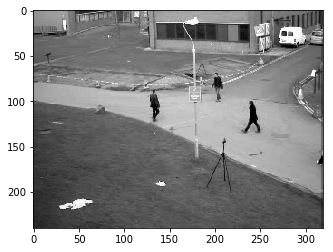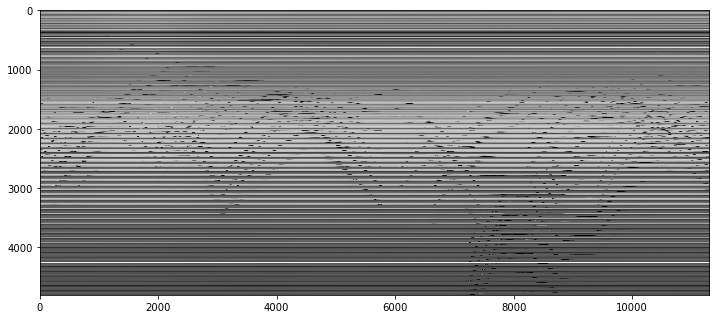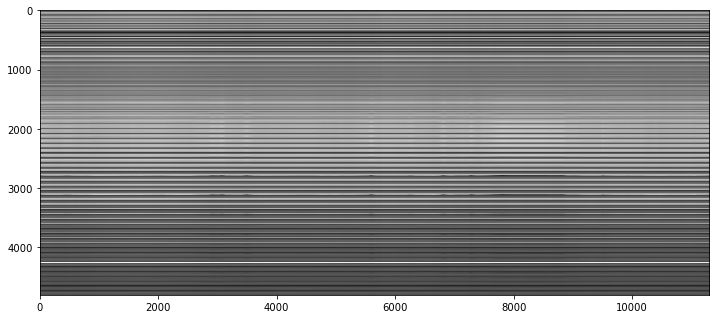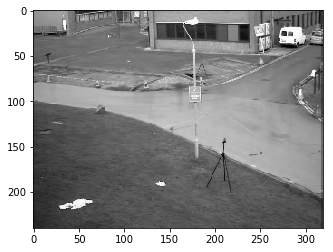1. Why PCA?
We often deal with high-dimentional data sets. Using PCA is handy for eliminating dimenstions
2. Application: Background Removal

There is a video, we want to remove the background
2.1. Load the Data
We can scale the image to $60\times 80$, and stack the image to a tall column $1\times 4800$
If the video contains $11300$ images, then the video can be represented as a $11300\times 4800$ matrix

3. First Attempt: SVD
Preserver only 2 feature
1 | from sklearn import decomposition |


Great, we got a good result
4. PCA
Classical PCA (SVD) : seeks the best rank-$k$ estiamte $L$ (Low Rank) of $M$, this is what we do above
Minimizing $||M-L||$
Can only handle small noise
Robust PCA, factors a matrix into the sum of 2 matrices, $M=L+S$, Low rank + Sparse
Low rank: there is a lot of redundant information, in this case, is the background
Sparse: without the background, only people in the image, that means most of the elements in $S$ would be zero
4.1. Robust PCA
Goal:
$$
minimize ||L|{*}+\lambda|S|{1} \
subject\ to \ L+S=M
$$
- $||\space||_1$ is the L1 norm, for a matrix, L1 norm equals to the maximum absolute column norm
- Why L1 norm? we need $S$ to be sparse, and L1 norm would lead to better sparsity
- Why L1 lead to better sparsity? See another blog..
- $||\space||_*$ is the nuclear norm, is the L1 norm of the singular values, minimize the result will lead to low rank